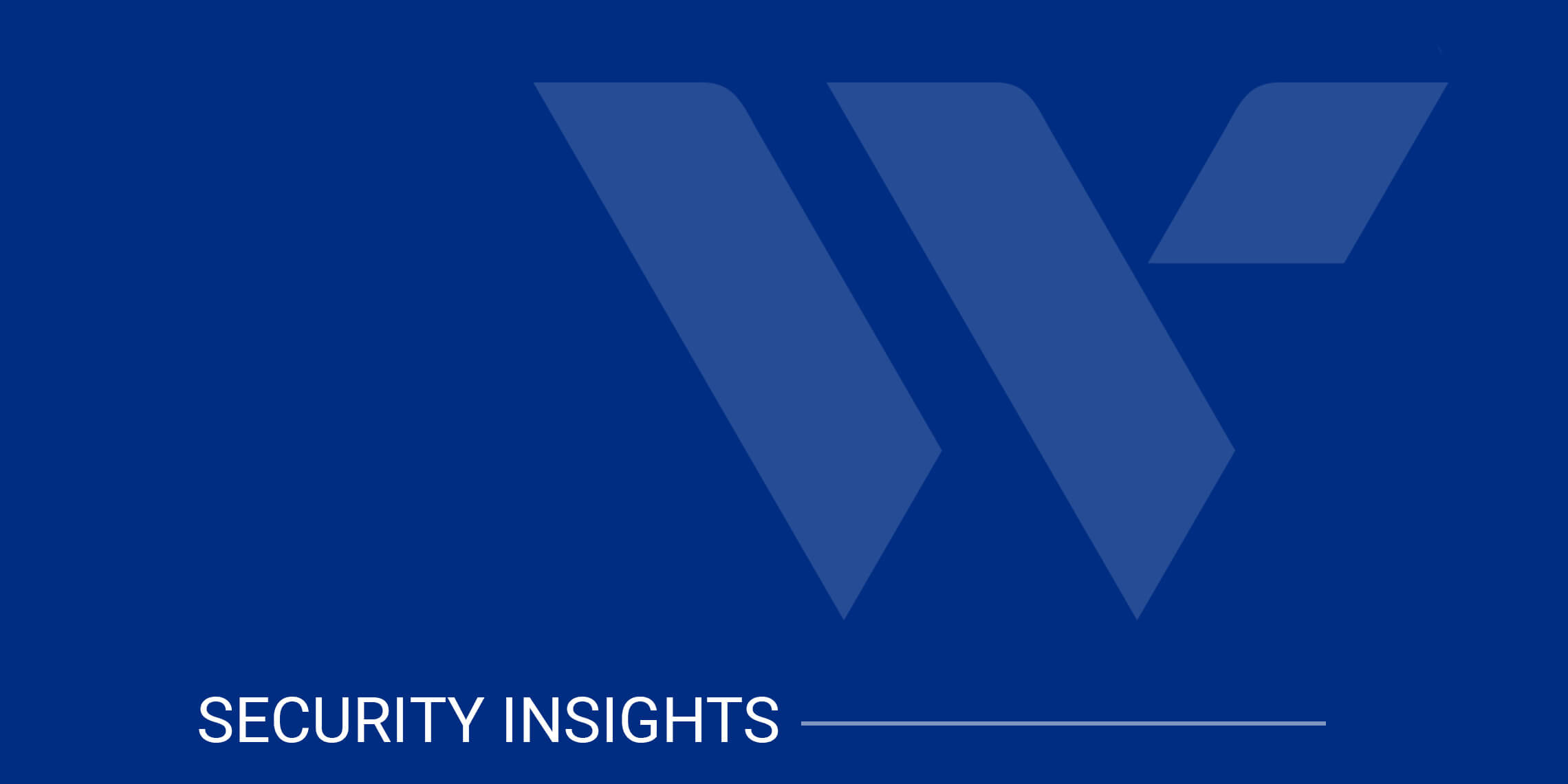
Published on April 14, 2020 | 4 min read | Kevin Thompson
Last updated: December 16, 2024
You just checked your bank accounts, like you normally do everyday, but today there is a big problem — your checking account is negative! You were sure that you had enough money to cover your transactions, but what about those three transactions for $400 at Walmart in Texas? You’ve never been to Texas and your debit card is in your wallet; how could these transactions have happened? Unfortunately you’re not alone, you have just fallen victim to debit and credit card fraud.
These fraudsters are able to steal your debit card information a couple different ways. One is a skimming device (pictured above), which captures all of your card information when you swipe your card at an ATM or a credit card processing machine. Once crooks have obtained your information through a skimmer, they can sell your info online and use it to make purchases. Card information is also stolen when computer hackers install a virus into a merchant’s card processing software, which allows them to steal the card information as the data passes through the authorization process.
So, how did they use your stolen information to buy things in Texas? Most likely, they used a device to clean magnetic stripes off another debit or credit card and re-encode it with your stolen information. The fraudsters can even use a hotel room key to make purchases using your debit card information. That’s right, the person who made the purchases at Walmart in Texas (most likely a self-checkout terminal) could have been using a hotel room key with your debit card information to buy those flat screen TVs. If the fraudsters are not daring enough to go into an actual store, they can place an order online or over the phone with your debit card information and have the goods shipped to them (most likely a P.O. Box opened with fraudulent identification).
Don’t cut up all of your cards and go back to cash just yet. Banks work very hard to detect these card compromises and prevent the fraud from happening. At Webster, we have a number of processes in place to help prevent and minimize fraud losses and we collaborate with other banks and law enforcement to make sure the people responsible are brought to justice.
If you see any unauthorized transactions, call the bank as soon as you can so a dispute can be filed and we can reimburse you for the fraudulent charges.